Early Chinese immigrants in Tangra could not have imagined chop suey dosa, triple Schezwan fried rice, or Bengali singhara chow. Rushina Munshaw Ghildiyal talks about how Indian-Chinese food landed on the streets of India and took on local variations.
I still remember the precise moment when my palate awoke. I was a teenager, having my first spoonful of hot and sour soup at Radio Club in Mumbai. A young Nelson Wang had taken over the club’s Chinese catering division. That evening, I decided to break away from my standard order of sweet corn soup and get adventurous. Wang eventually went on to open the iconic China Garden in 1984, and catalyse a dining revolution that transformed the face of Indian restaurant dining, and eventually, even its street food.
After all these years, whether I am looking for comfort, novelty, or a fine dining celebratory meal, Indian Chinese is still my cuisine of choice. The hot, sour, spicy, sweet, and salty flavours of the food always win. My mother’s mastery of this style of cooking long before it crossed over into Mumbai’s home kitchens also probably fuelled my obsession with it.
While the exact origins of Chindian food remain unclear, the two regions that saw the earliest settlers, Kolkata and Mumbai, are where Indian-Chinese cuisine took off.
Years later, I travelled to Singapore looking forward to sampling ‘real’ Chinese food, only to realise it was nothing like what I’d imagined it to be. Not only was there nothing like a chicken Manchurian, a chilli chicken, or a hot and sour soup in sight, but there was also no ‘authentic’ version of what I had so far recognised as Chinese food. In fact, nobody in China would recognise the ‘Chinese’ cuisine in India, because the only thing Chinese about it is its moniker, or perhaps, the use of soy sauce!

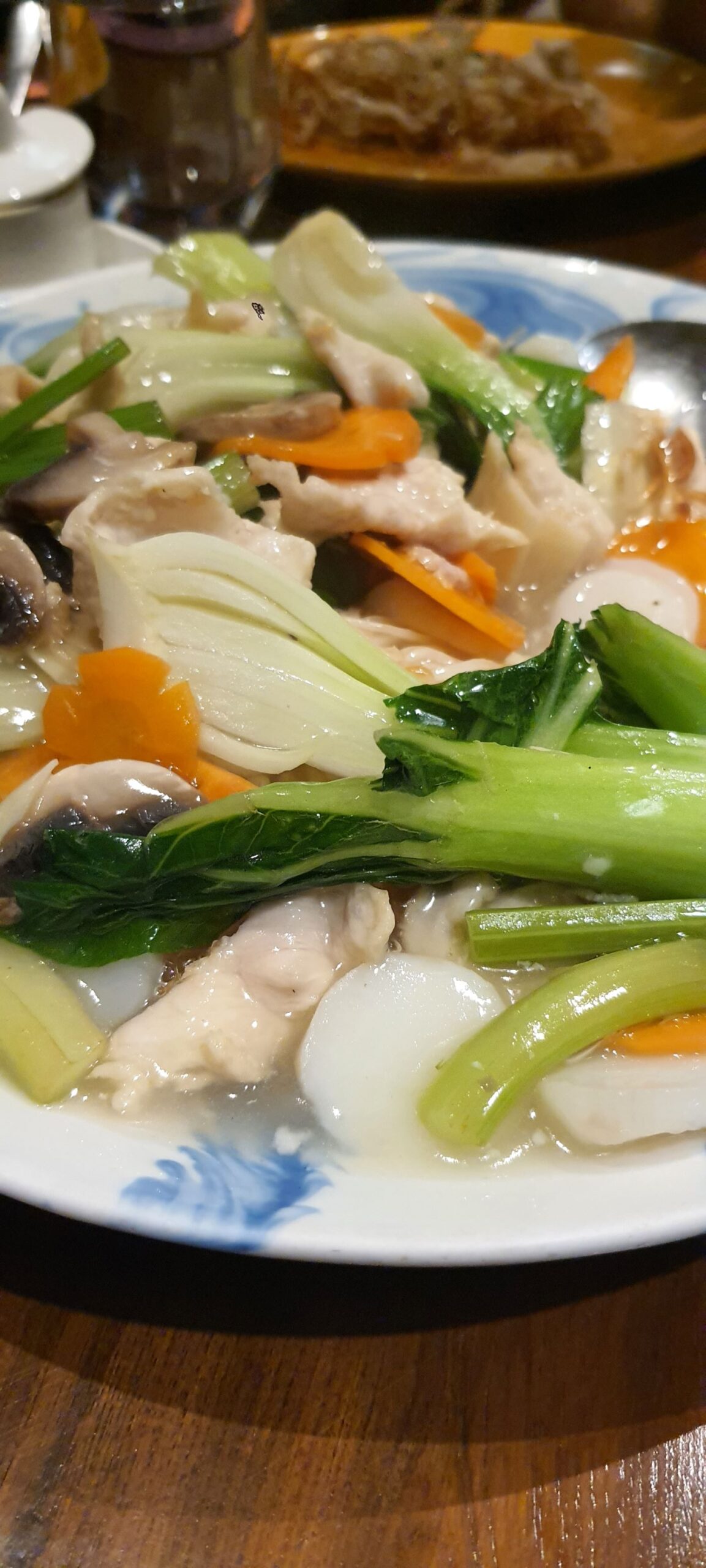
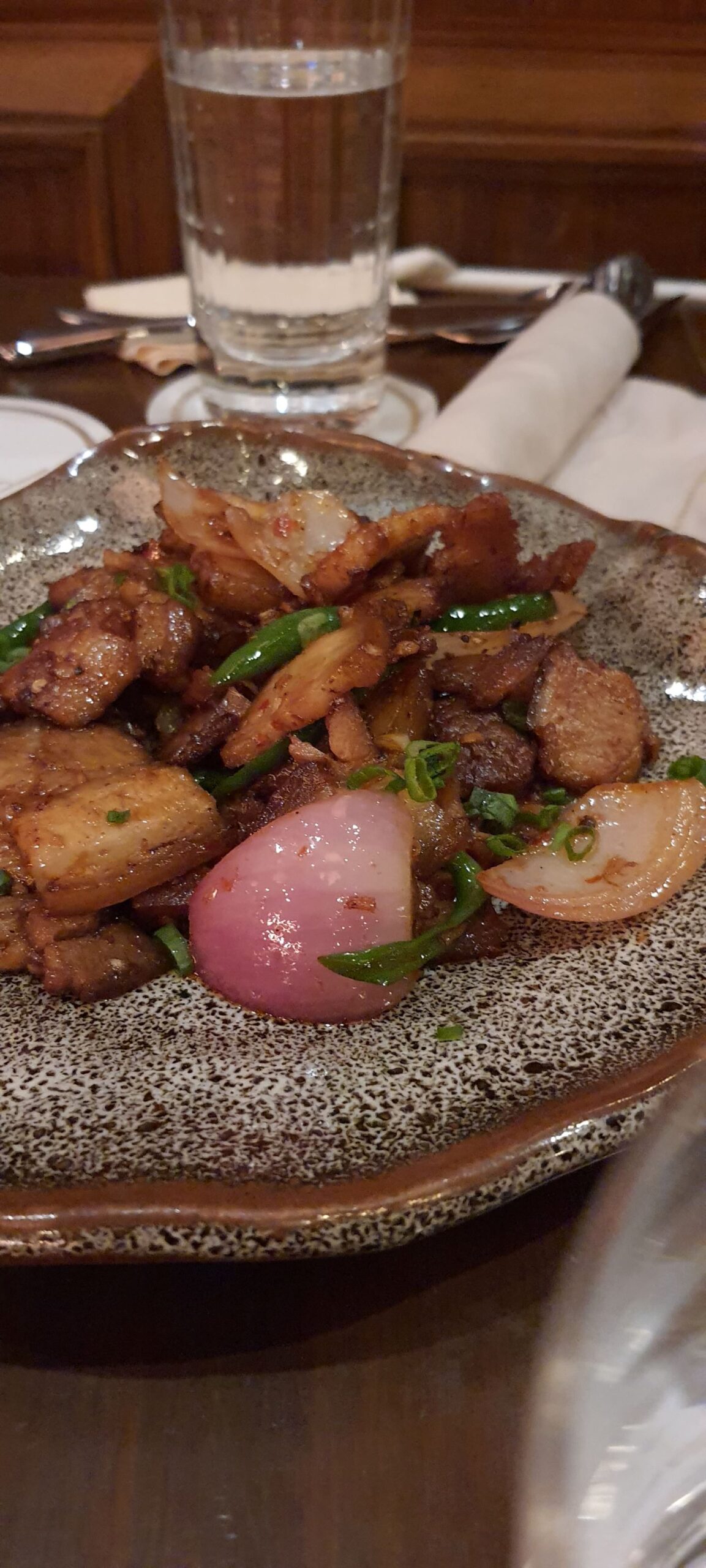
Chindian, Indian-Chinese cuisine, Chinese-Indian cuisine, Sino-Indian cuisine, desi-Chinese are all names for a distinct cuisine borne of the marriage of Chinese and Indian influences that came into being in the last half-century. Its foundations were laid in the colonial era. British trade with China opened up exchanges between India and China and spurred Chinese migration to British strongholds in India like Kolkata and Mumbai.
These early establishments primarily catered to Chinese communities, so they served Cantonese-influenced food. As the Chinese community grew, their flavours drew curious locals, laying the groundwork for a vibrant Indo-Chinese culinary revolution.
It’s unclear how Indianised Chinese food spread from Kolkata’s Tangra to the rest of the country. Even so, two events catapulted this emerging hybrid Indian Chinese to cult status over the next few decades. The Taj Group, under the guidance of Camelia Punjabi, decided to invest in a new concept. Golden Dragon, India’s first Sichuan restaurant opened in 1974 at the Taj Mahal Hotel in Bombay, introducing locals to an exciting, fiery version of Chinese food. Soon, Indians began demanding similar heat levels at smaller establishments, which then trickled down to the street.
Around the same time, in the 1970s, a second-generation Chinaman fused pakodas with a spiced-up, soy sauce-laden, cornflour-thickened gravy, and christened it chicken Manchurian. That Chinaman was Nelson Wang and Manchurian became the inspiration behind the masaledar, fried and gravied version of Chinese food served by street food stalls. The Hakka chefs of the 70s and 80s created some of the most iconic Indo-Chinese dishes we know today, including chilli chicken, and Hakka noodles. Savvy Chinese restaurateurs recalibrated menus and dishes to suit Indian palates, by incorporating chillies, garlic, and ginger.
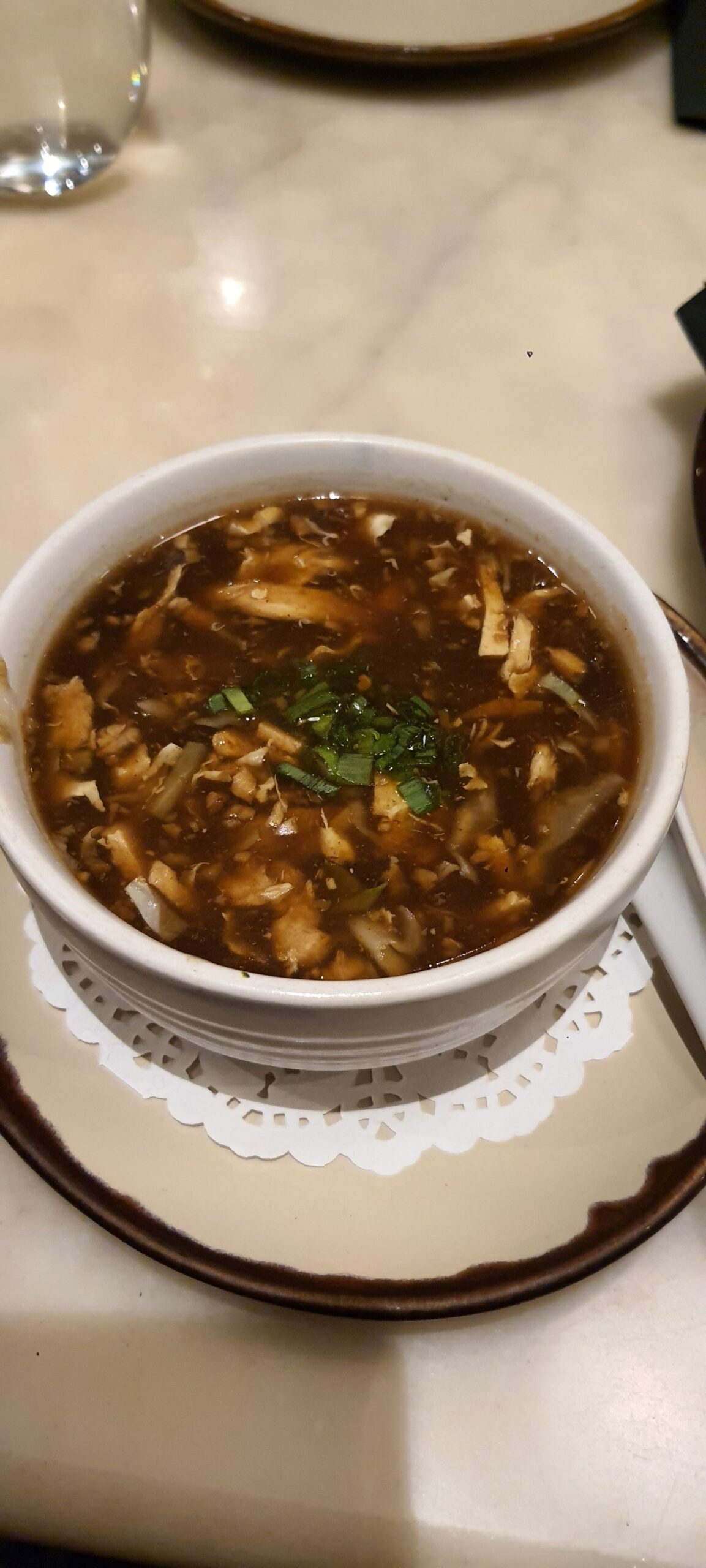

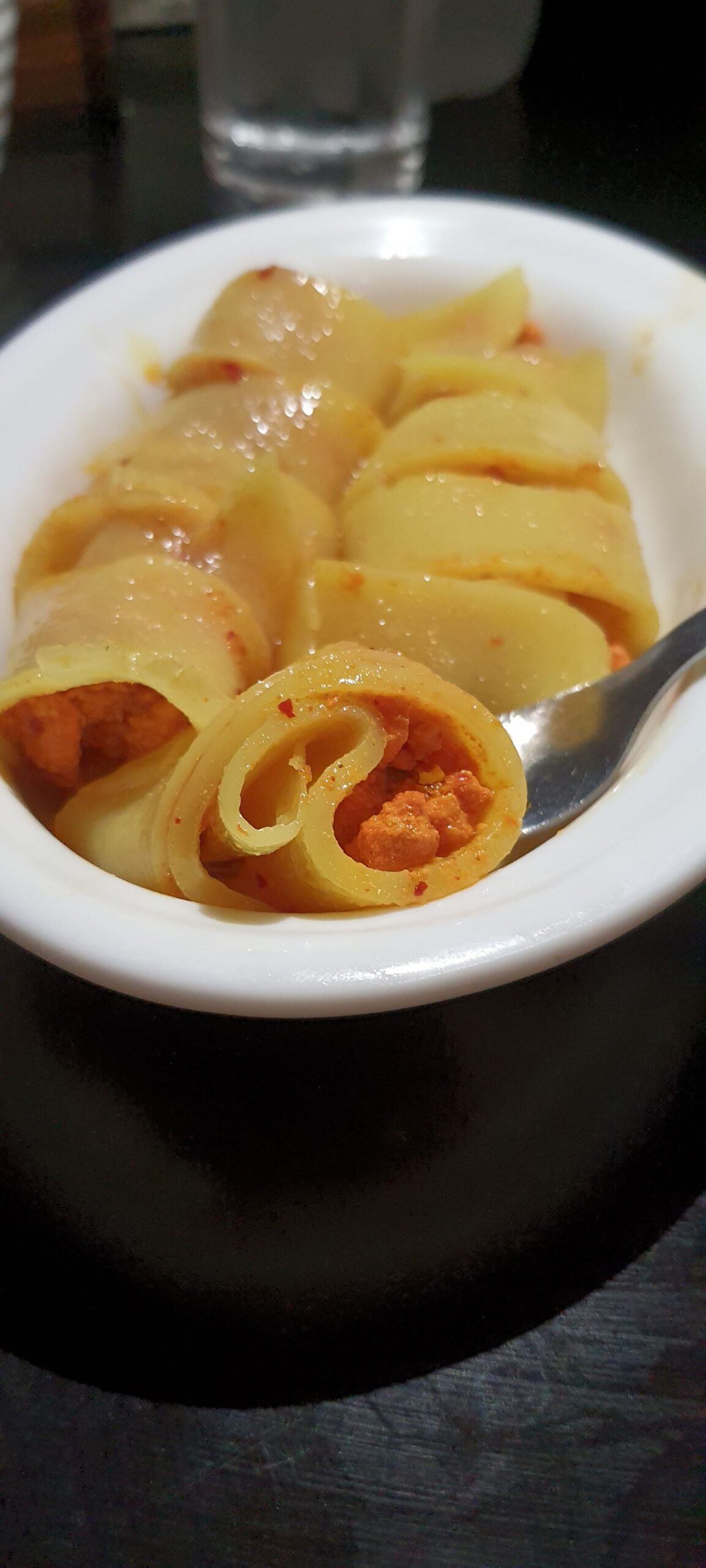
Chindian took everything subtle from Chinese cuisine – ingredients such as mushrooms, baby corn, soya sauce, and rice vinegar, and cooking techniques such as stir frying, cornflour slurries, and velveting – and amplified them to the extremes. Mirch masala maarke, dil kholke, we tossed chillies, garlic, oil, Amul butter, sugar, tomatoes, ajinomoto – everything that hit high notes of flavour on the palate – into our woks and kadhais. Velveting, typically a nuanced technique applied to tenderise proteins with small additions of egg and cornflour, was intensified into chunky pakoda-like morsels deep fried in thick cornflour batter before being tossed in oodles of gravy. And the cornflour slurry-based sauces used as a whisper to add sheen to stir-fries got a maska-laden makeover, transforming into bowls of butter, oil, and umami-rich gravies. These became so popular, street food stalls started offering complimentary bowlfuls with orders of fried rice and noodles.
Indo-Chinese cuisine eventually transcended restaurants to become a popular street food across India, with vendors offering quick, affordable, and flavorful versions, thus expanding the cuisine’s reach into smaller towns. Today mobile carts with woks smoking 24/7 over portable gas burners ply the streets, across every city in India.
Chindian in Mumbai is characterised by dishes like triple Schezwan fried rice, which combines fiery red Schezwan chutney, another Mumbai specialty, vegetables, and meat or seafood.
A recent meal of talumein soup and spring rolls at Cheetal, en route to Dehradun from Delhi, led to a fascinating realisation. As Indian-Chinese cuisine has travelled across India, regional variations of this hybrid cuisine have emerged. As with other community cuisines in India, Indo or desi Chinese has also adapted to the tastes of the geographies it is found in.
Even the dishes commonly found across the country, such as fried rice, Hakka noodles, and gobi, paneer, or chicken in manchurian, ‘Schezwan’, soya-garlic-pepper gravies, there are variations to be found in ingredients and intensity as one travels around India.
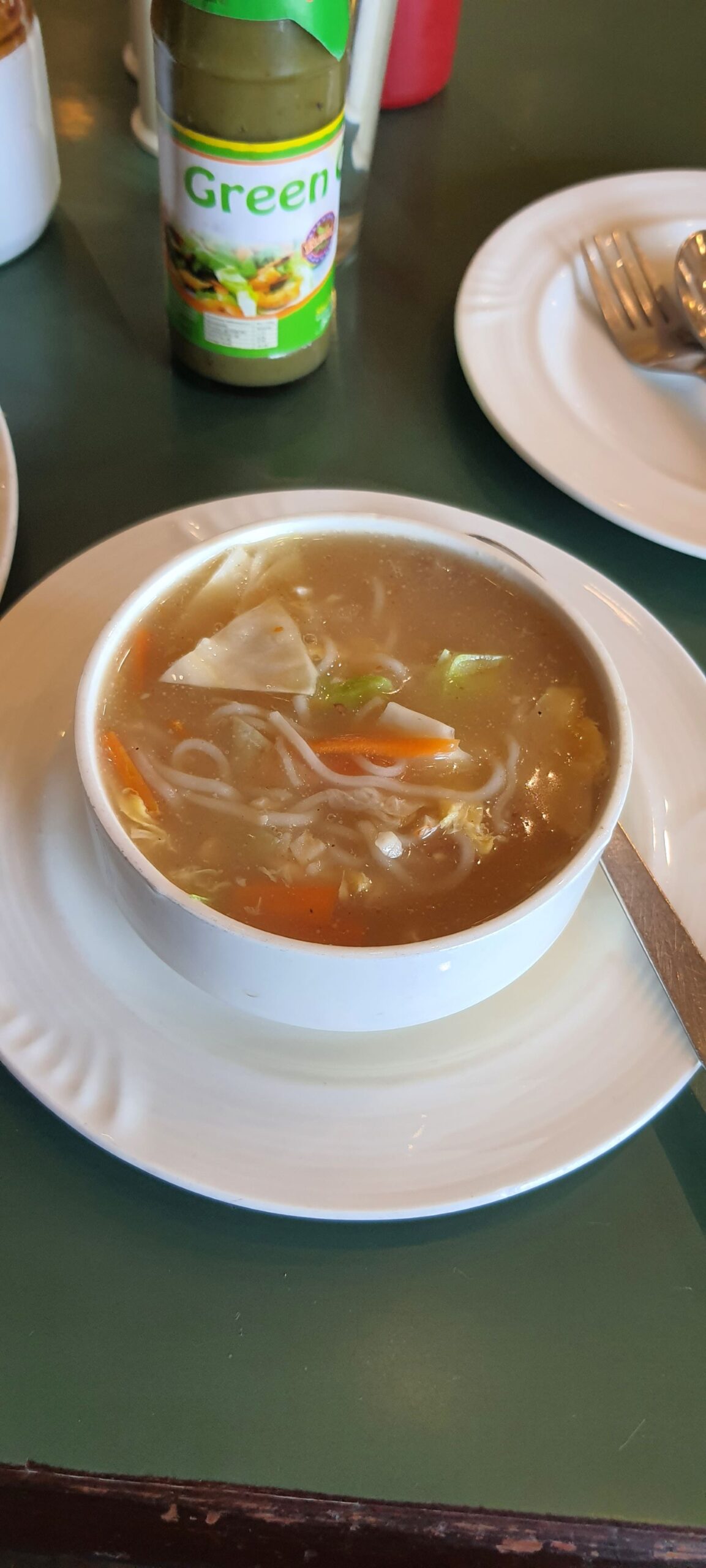
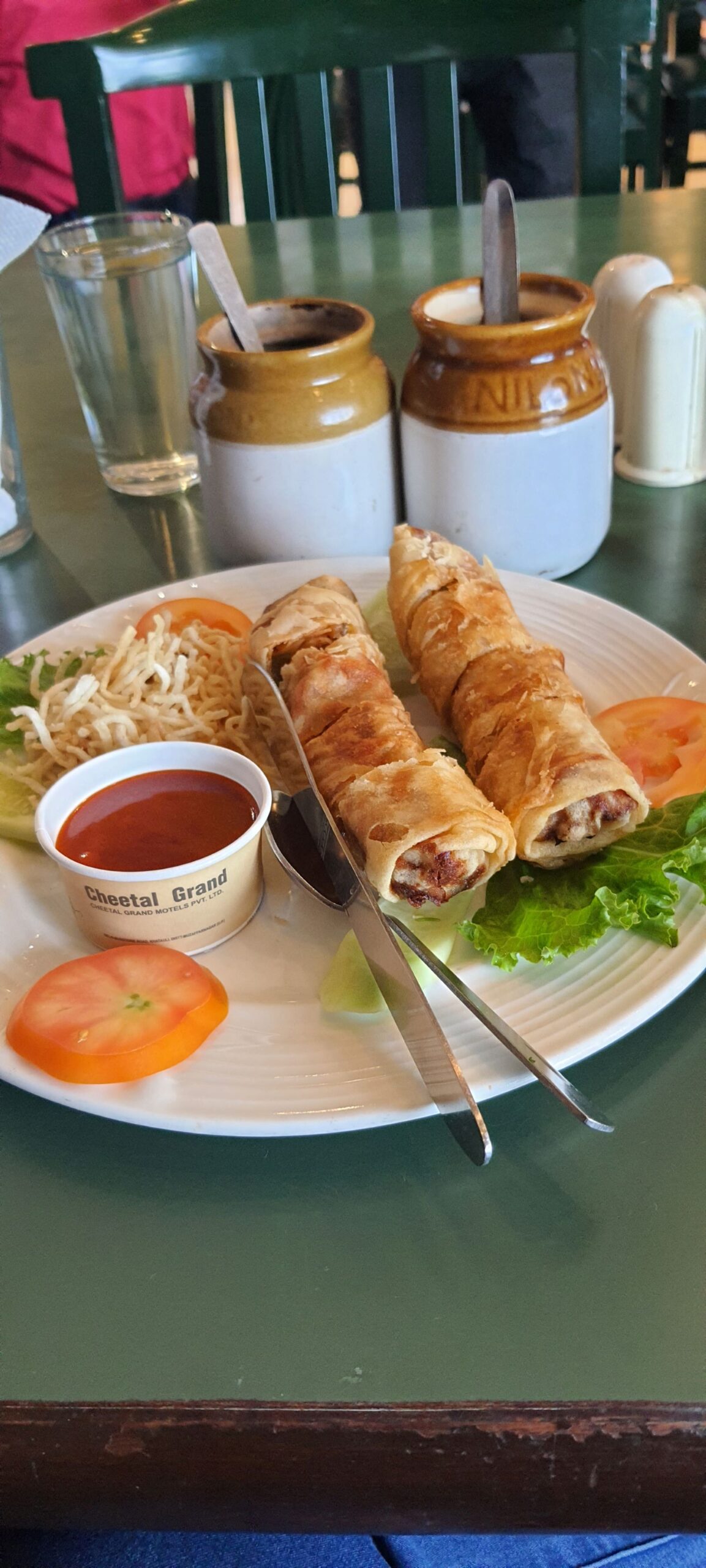
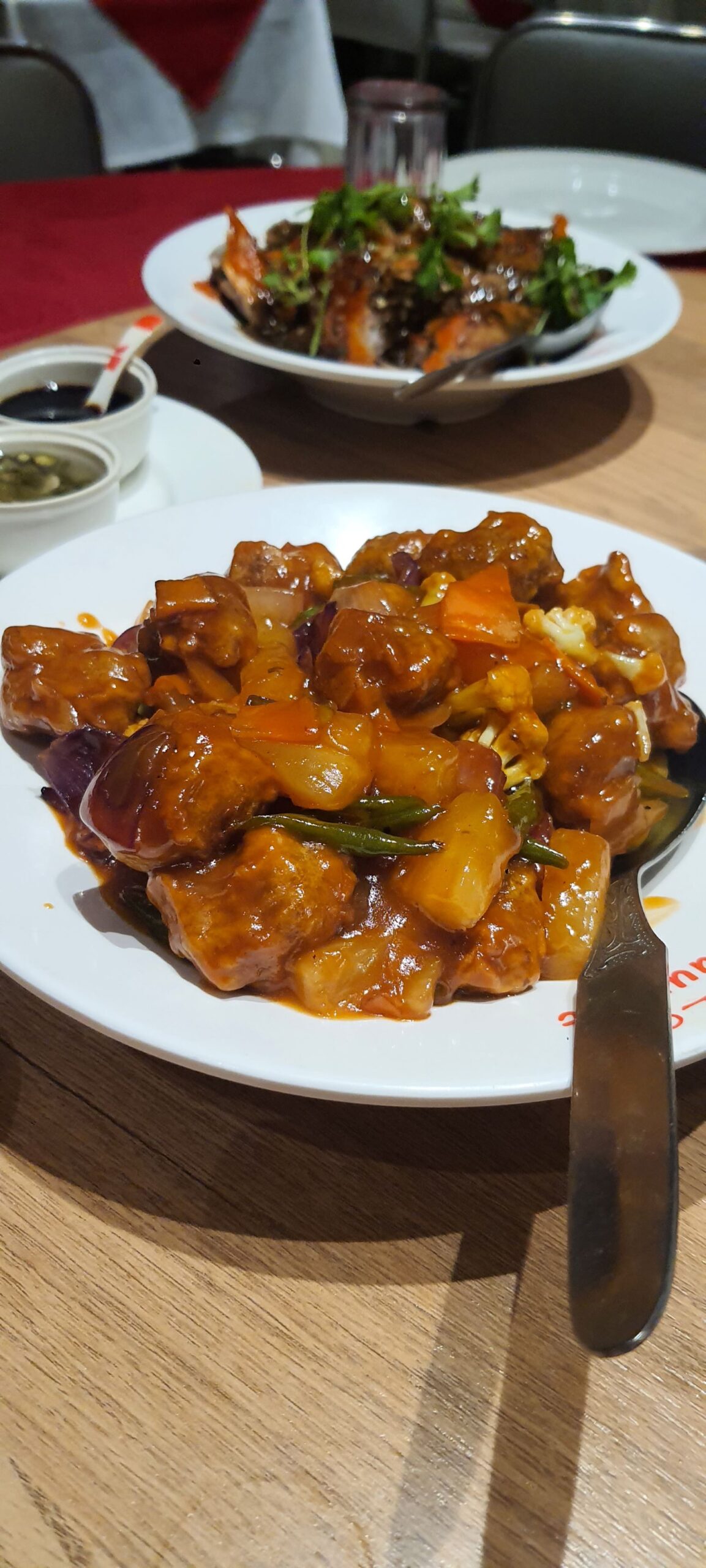
The appearance and flavour of (what are now considered) classic Chindian soups vary as one travels around the country. Hot and sour soup, for example, can go from fiery red hot in the north to a more nuanced vegetable-rich savoury brown version in the west. And then there are local favourites, such as crabmeat corn soup popular in the parts that love their seafood, or the Dehradun obsession, lung fung soup that has to come with a side of crunchy fried noodles.
Chicken lollipop also called Drums of Heaven, fiery red crisp on the outside, succulent on the inside is a much-loved starter favoured all over the country. Chicken drumsticks are frenched, (their meat is cut at the skinny end and pulled down to the other end to form a lollipop), then marinated in a spicy marinade, coated with a thick cornflour batter, and deep fried. In North India, they come in virulently red spicy chilli or Schezwan versions. Mumbai’s version is equally florid but slightly more tame on the palate, and a honey garlic variation is becoming popular of late.
Chindian in Mumbai is characterised by dishes like triple Schezwan fried rice, which combines fiery red Schezwan chutney, another Mumbai specialty, vegetables, and meat or seafood. Delicious stories continue to take shape. One only needs to look at Schezwan and chopsuey dosas, borne of the unholy union of a South Indian and Chinese street food stall. Or Chinese bhel, that dish of fried noodles tossed with Schezwan chutney, to create another popular item on Mumbai’s streets, a place where innovation is the name of the game. But nowhere is Chinese bhel more popular than in Ahmedabad, where bowls of crisp deep fried noodles tossed with vegetables, Schezwan chutney, soy sauce, vinegar, ketchup, coriander, and spring onions are a favourite street food.

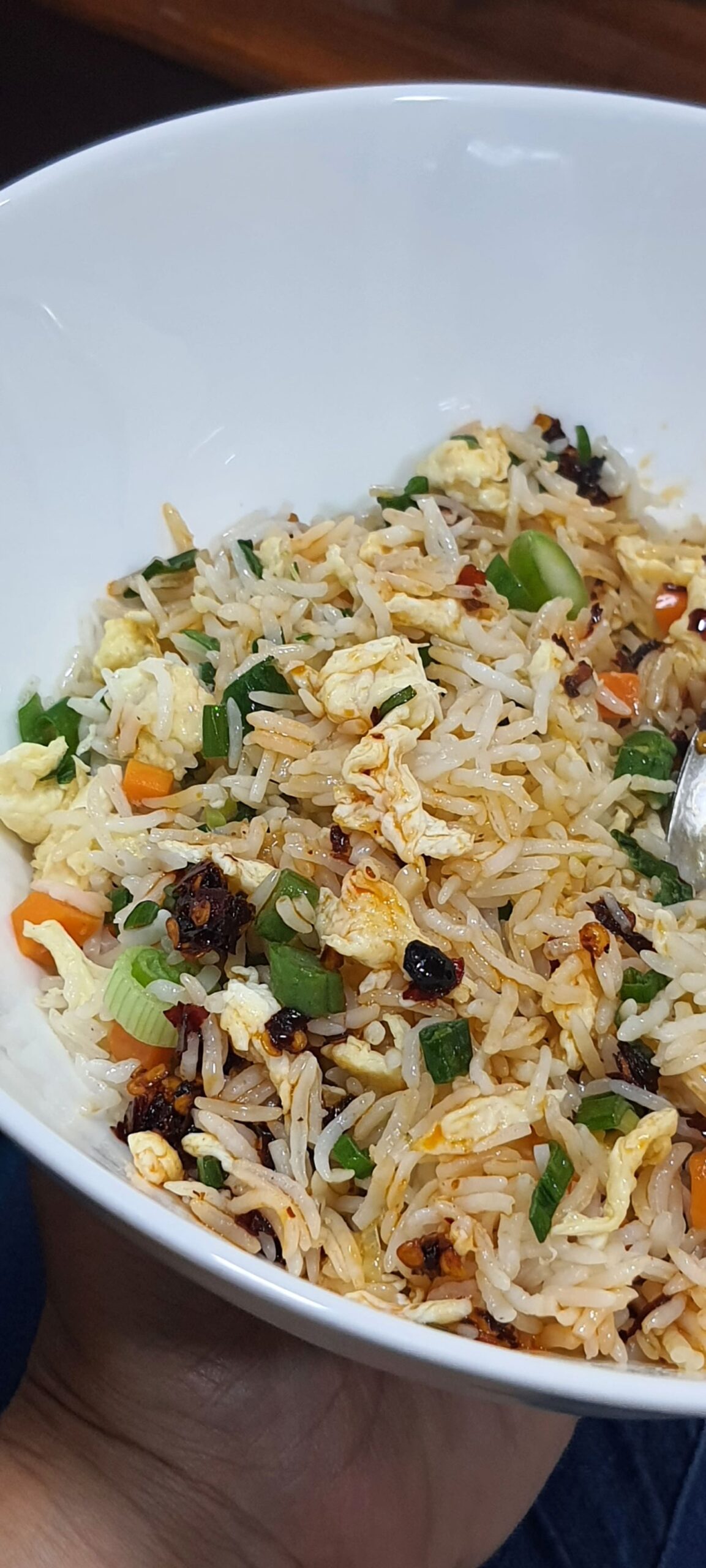
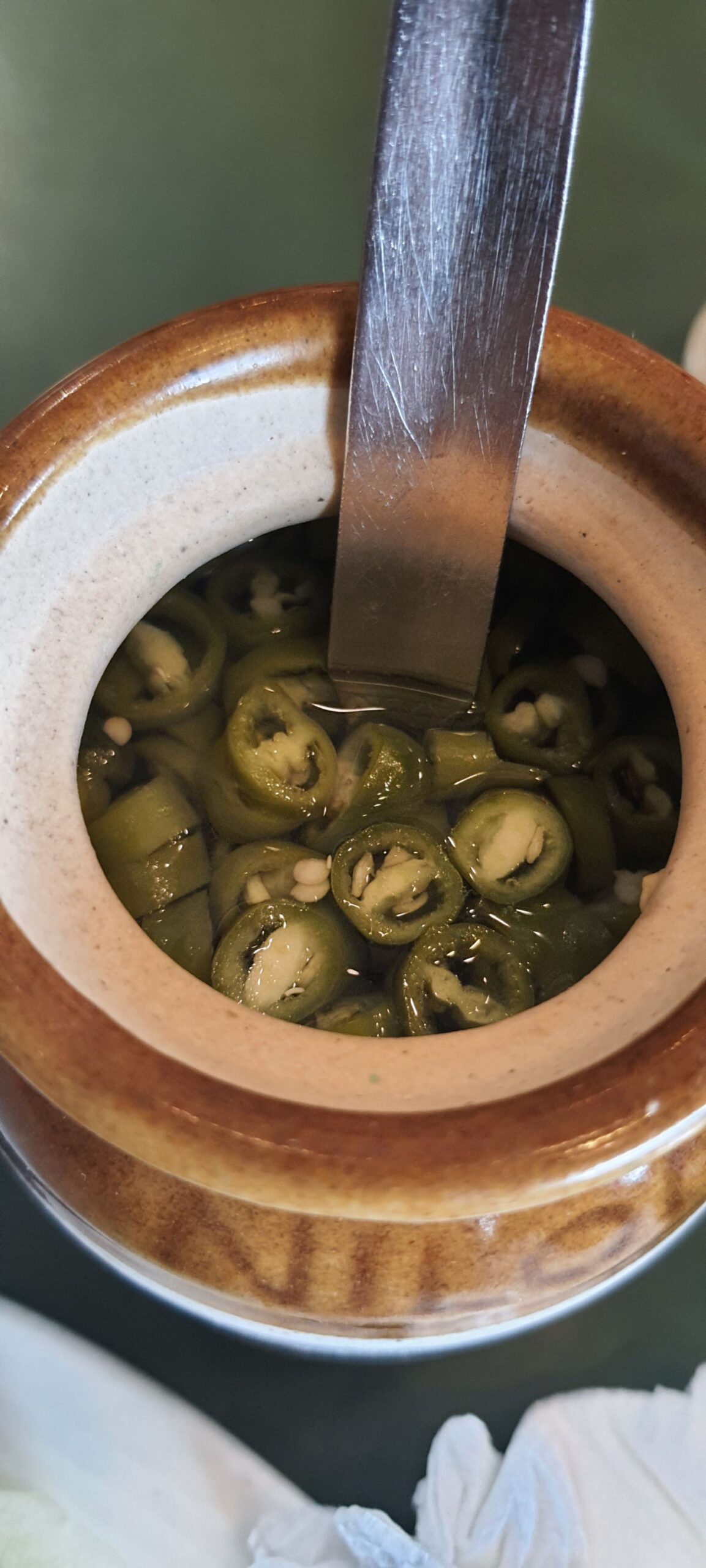
Fried rice is possibly the most ubiquitous of Chindian menu offerings. And it comes in as many avatars as there are regions in India. From tame, pale, vegetable-studded veg fried rice, to options with egg, chicken, mushroom, or prawn, this staple on every Indo-Chinese establishment across India has some very addictive versions. In the North, it will likely be spicy and greasy. In Mumbai, it can span the spectrum from basic white to spicy Schezwan, burnt garlic, and the everything-but-the-kitchen-sink ‘triple’ fried rice that combines rice, noodles, and Manchurian for those who want it all. It is often paired with a generous plastic bag full of classic cornflour-thickened gravy. Prawn- and crab-enriched options are popular in many coastal regions, while bacon and pork options are popular in Kolkata. One of the most addictive versions of fried rice I have tried was the mincemeat fried rice at Blue Poppy in Kolkata. Owner Doma Wang says it is a family favourite included on the menu.
Chilli chicken, another countrywide favourite, sees local variations too. In Kolkata, loads more kancha lanka or green chillies are tossed into the dish. A version which swaps out poultry for pork is equally beloved.
In North India, and especially in Delhi, chicken rules the menu. Chilli chicken, chicken manchurian, chow mein, and gobi manchurian all take on bold and fiery notes, reflecting the city’s love for spice. However, in recent years, momos have become more ubiquitous on Indo-Chinese menus. While pockets like Manju ka Tilla and Humayupur offer the original Tibetan versions, with all sorts of stuffings such as aloo, chicken, mutton and pork. These popular dumplings are being fashioned into all sorts of weird and wonderful variations, from Kurkure to tandoori versions.
Chindian noodles vary as they travel around the streets of India as well. In Mumbai, it’s Hakka noodles, thin, springy strings of flour tossed with vegetables, sauces, and protein. In the North, they go by chow mein, and transform greatly. In Delhi and Dehradun, noodles become thicker, and the dish is more robust. In Ajmer, they’re vegetarian with chunks of paneer alongside vegetables. In Kolkata, where some of the oldest noodle-making factories once proliferated, chow mein is tossed with wontons to make the iconic Bengali singhara chow, a creation that has solved the dilemma of choosing between momos and noodles.

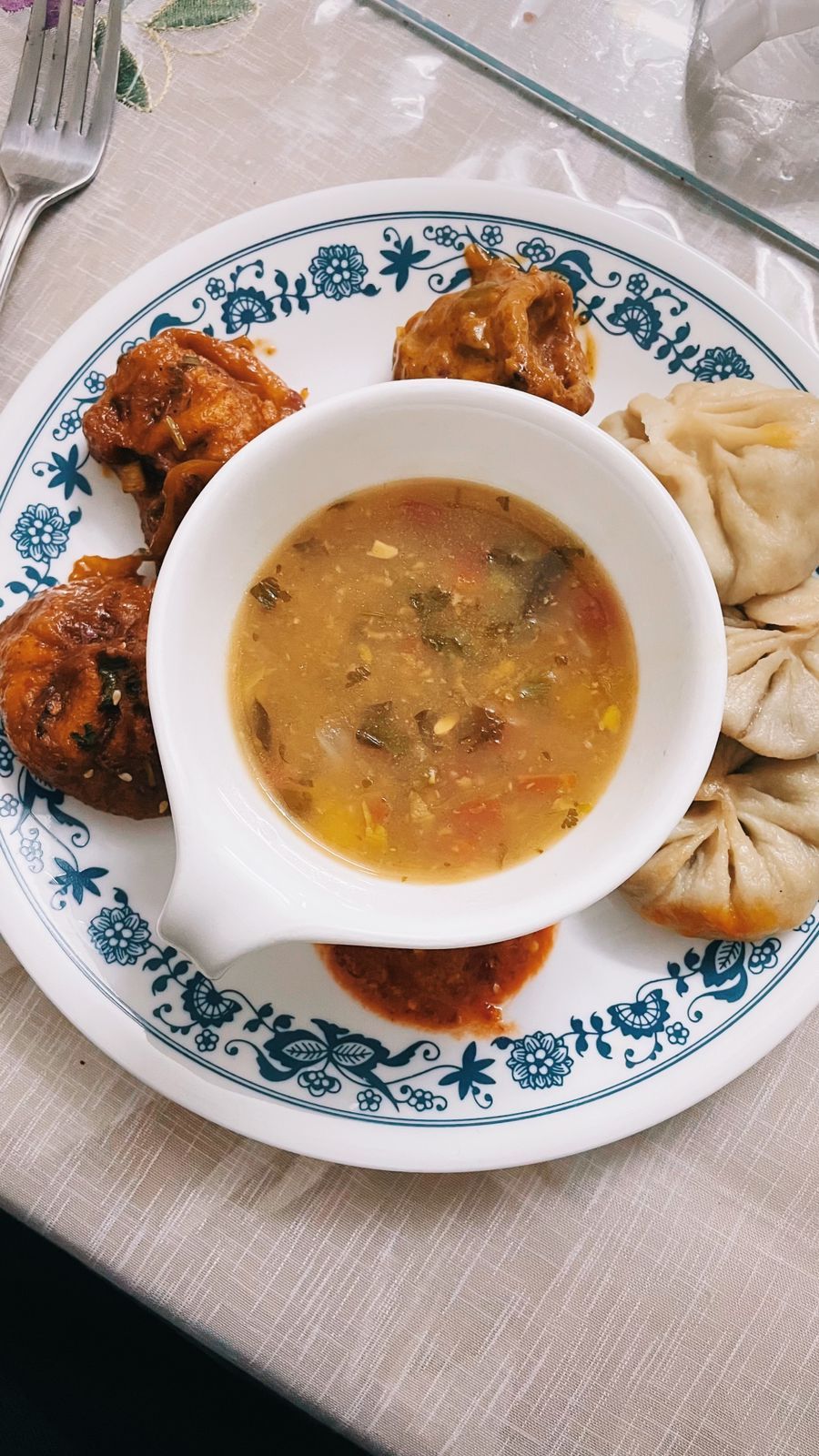
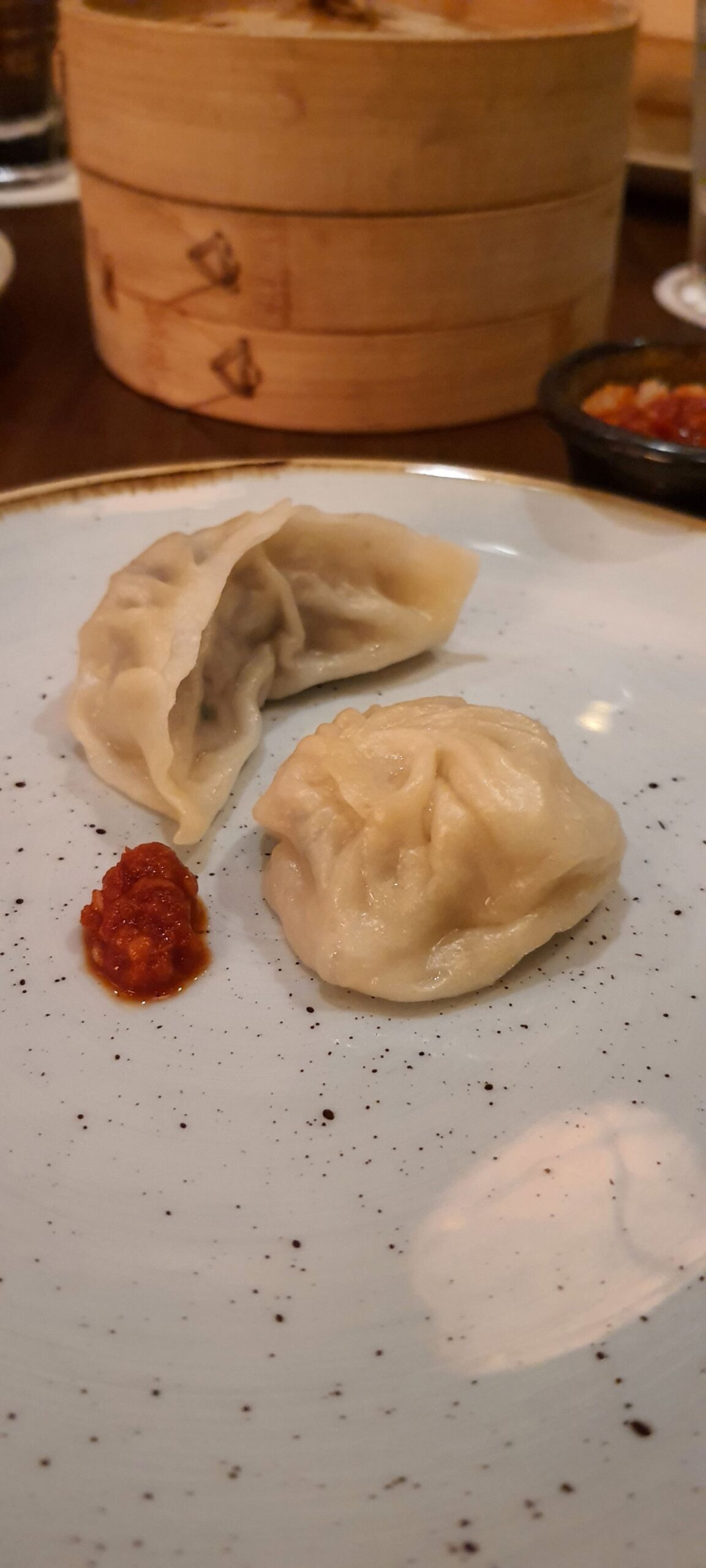
We have witnessed (and normalised) the variations in manchurian, a staple at every Indo-Chinese street food stall across India. Not only can manchurian be vegetarian, paneer, mushroom, chicken, and in perhaps its most popular iteration gobi, but it can also be uniquely regional with garam masala added to the mix in North India, the onions and garlic taken out in Jain options in Gujarat, or a hearty topping of crunchy deep fried curry leaves finishing gobi manchurian in Chennai.
Chilli chicken, another countrywide favourite, sees local variations too. In Kolkata, loads more kancha lanka or green chillies are tossed into the dish. A version which swaps out poultry for pork is equally beloved. In mutton-loving Lucknow, the swap naturally leads to chilli mutton. In Hyderabad, we have Chicken 65. Possibly the most addictive ‘chilli’ dish in the country is chilli prawns at Kafulok Bar & Restaurant in Kolkata’s Tangra district. It has large succulent prawns, coated in a green chilli spiked batter and deep fried. They’re crunchy on the outside, juicy on the inside, and totally compelling, helped along by a spicy green dipping sauce.
If I had to pick my last meal, it would be an Indian-Chinese buffet that spans India. Hot and sour soup, egg fried rice, curry-leaf topped chicken manchurian from Chennai, Mumbai-style pineapple sweet and sour, dry Kolkata style green chilli chicken and chilli prawns, Delhi-style slick-with-oil spicy chow mein, and a serving of spicy momos on the side.
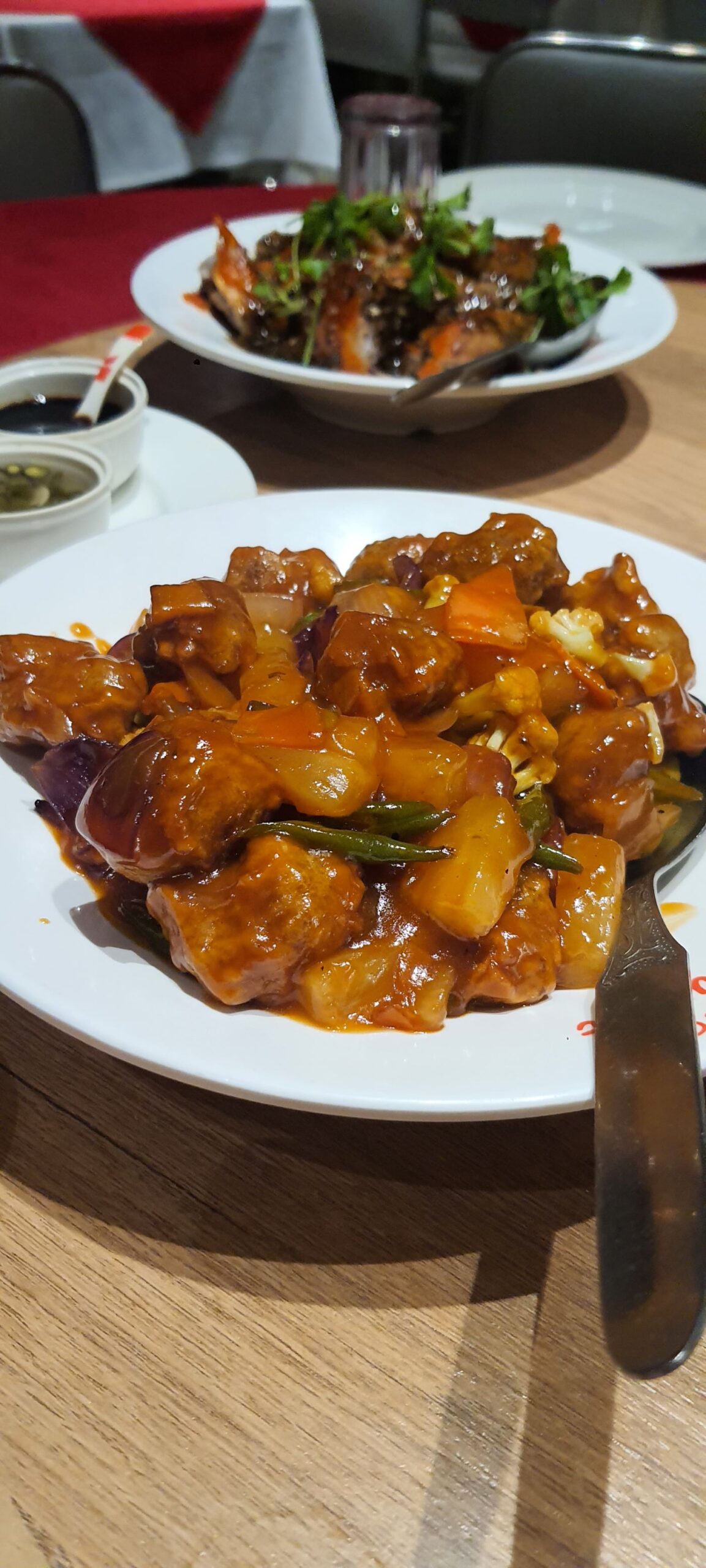
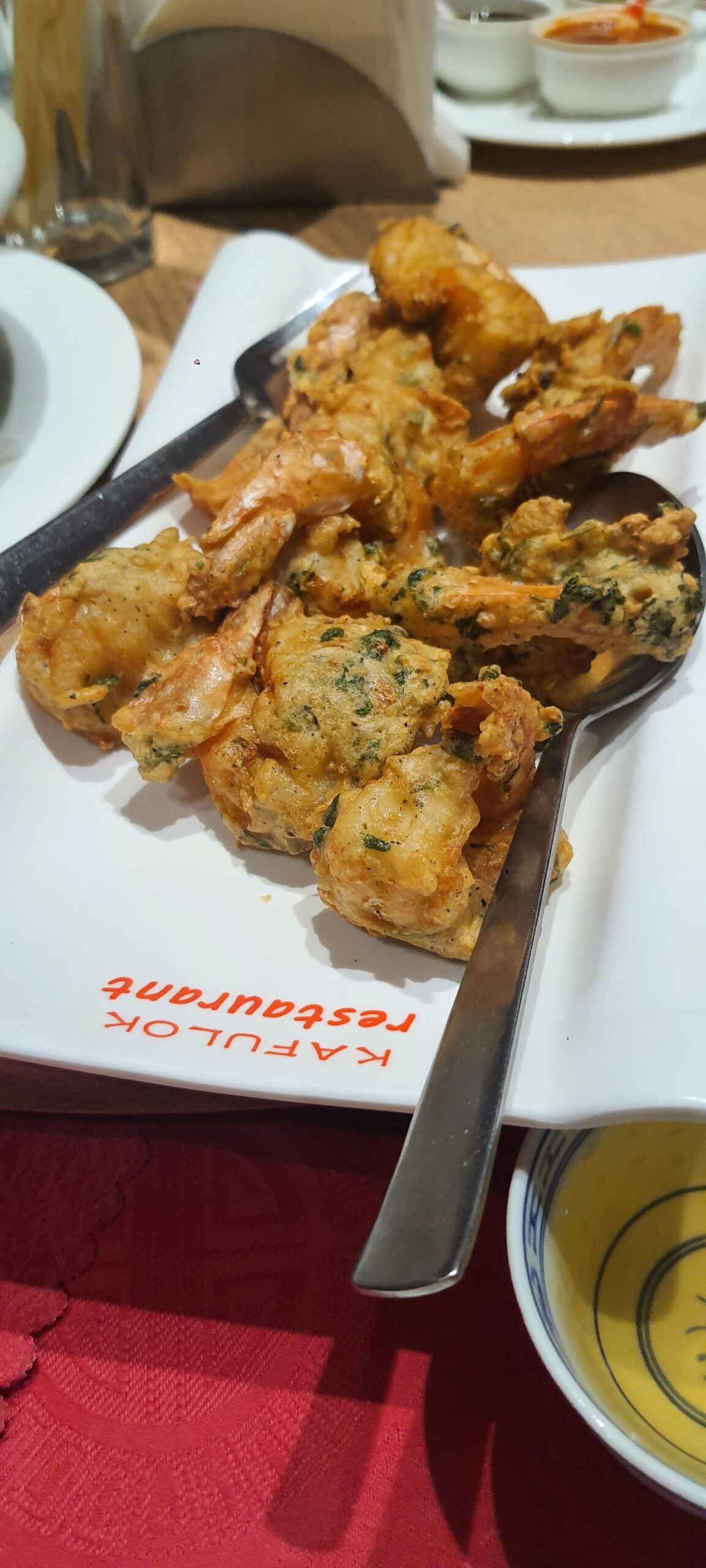
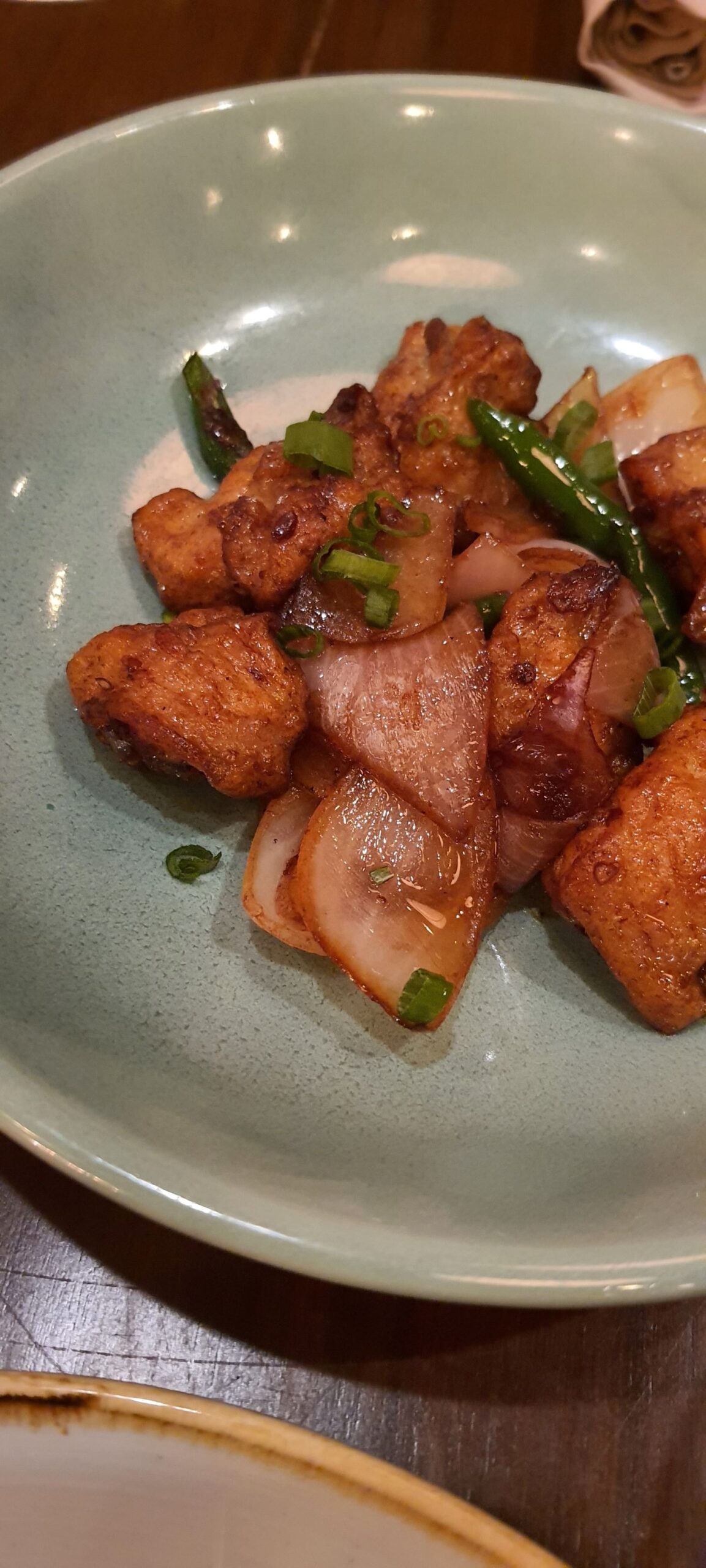
To call Indian Chinese food one cuisine now is to generalise. It is a style of cooking that finds various expressions, spliced by geography and climate, local taste preferences, and ingredient availability all united by one thing – taste.

